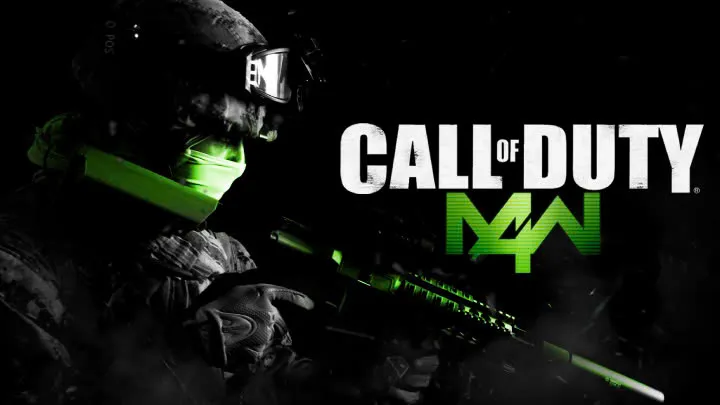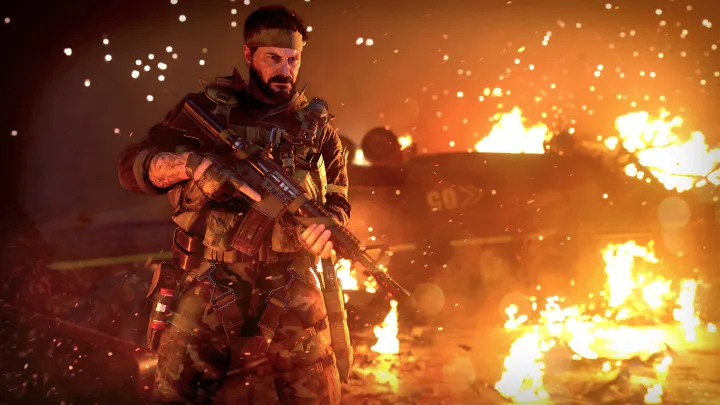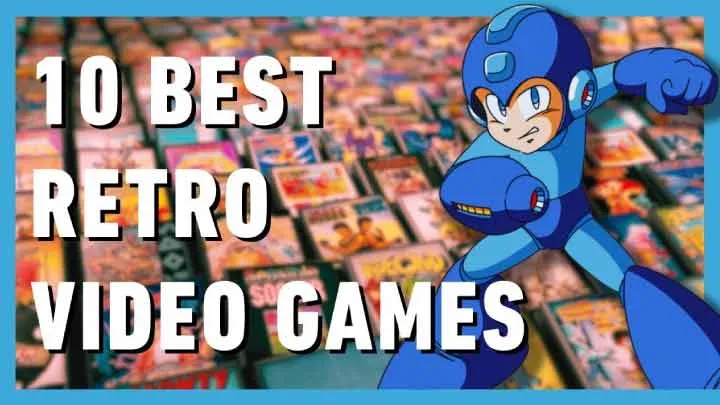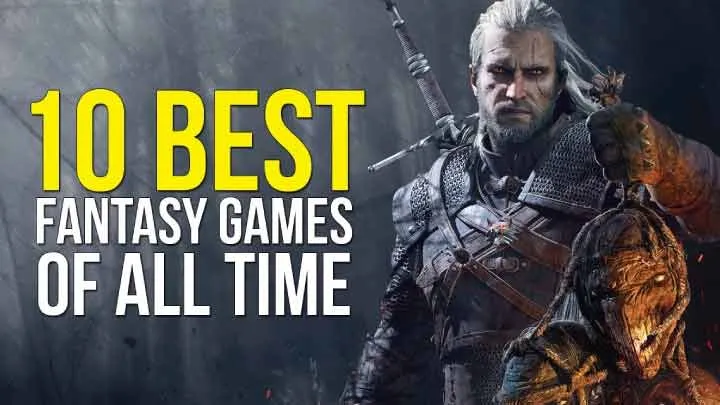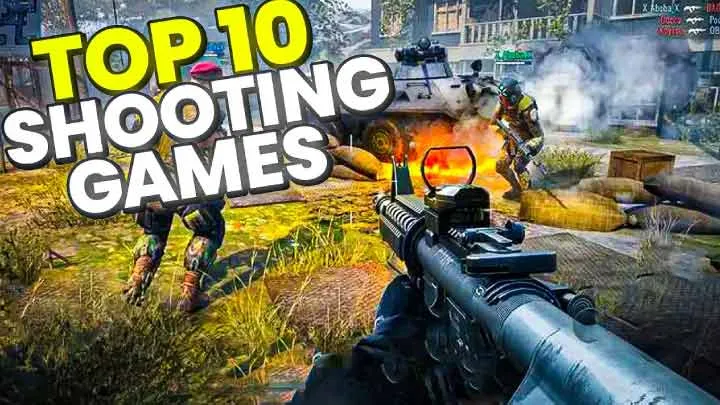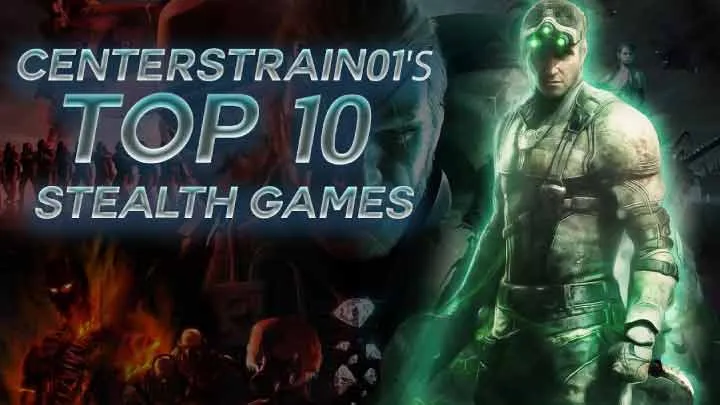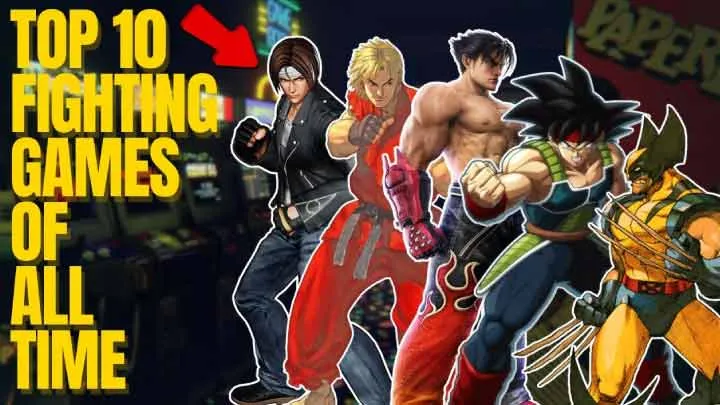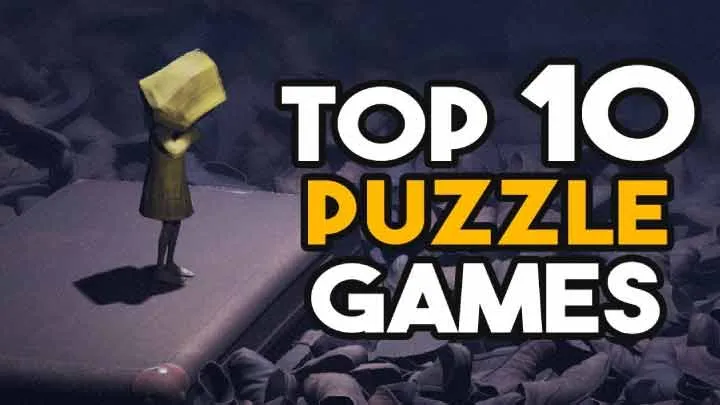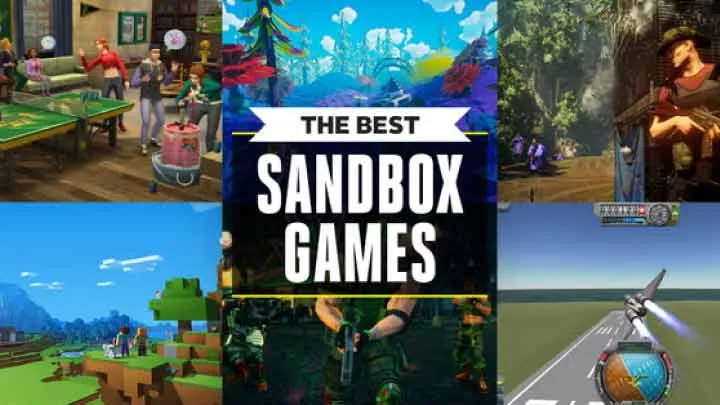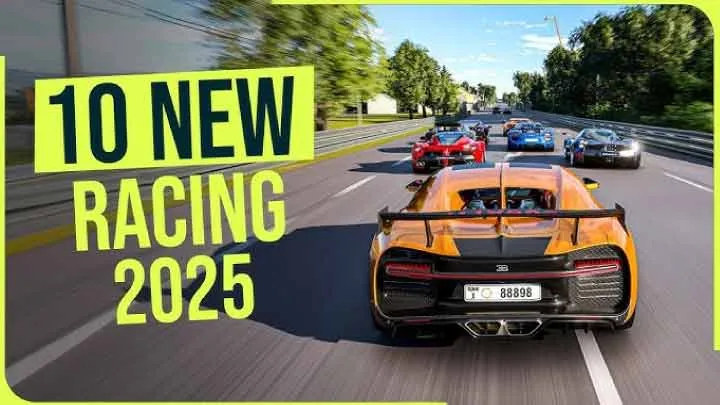Introduction
Every era of technology is defined by the tools that people use daily. In 2025, the apps that dominate our screens reflect not only our entertainment habits, but also the way we learn, work, and connect. From short-form video platforms that influence culture at lightning speed, to AI assistants that reshape productivity, to gamified learning tools that make education accessible, today’s leading apps are more than utilities—they are cultural cornerstones.
Among the thousands of apps competing for attention, three stand out in 2025 for their impact and relevance: TikTok, the cultural trendsetter of a generation; ChatGPT, the AI companion transforming work and creativity; and Duolingo, the language learning app that has made education playful and global. Together, they represent the intersection of entertainment, productivity, and self-improvement in the digital age.
This feature dives deep into how these apps evolved, what makes them indispensable, and why they continue to thrive in one of the most competitive ecosystems on Earth: the home screen of your smartphone.
Part I: TikTok – The Pulse of Pop Culture
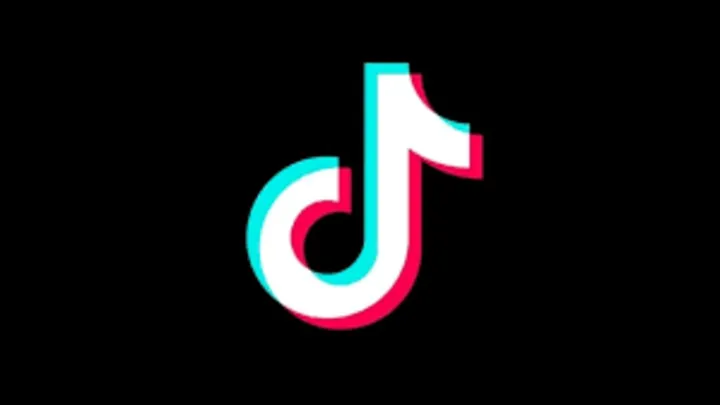
A Brief History of TikTok’s Rise
When TikTok first emerged in the late 2010s, skeptics dismissed it as a fad of lip-syncing teens. But the platform quickly expanded into comedy, education, activism, and commerce. By 2020, it was already shaping music charts and political discourse. In the years that followed, TikTok refined its algorithm, strengthened global operations, and outpaced many competitors.
By 2025, TikTok boasts over 1.5 billion monthly active users, with a reach that influences everything from local businesses to global fashion trends. For an entire generation, TikTok is not just an app—it is the internet.
Why TikTok Matters in 2025
- Cultural Engine – TikTok’s For You Page (FYP) remains the most powerful algorithm for surfacing new talent. A single video can make a song go viral worldwide within 48 hours.
- Commerce Hub – Integrated shopping features mean that TikTok is not just where trends begin, but also where they are monetized. Influencers launch brands, and small businesses find global customers.
- Education and Activism – Far from being only entertainment, TikTok hosts micro-lessons on finance, health, and history. It has become a tool for awareness campaigns, activism, and citizen journalism.
The Evolution of the TikTok Experience
The TikTok of 2025 looks different from its early days. Live shopping streams, AI-driven editing tools, and immersive AR filters dominate. Creators can now host fully interactive “mini-shows,” complete with audience participation and real-time polls.
Yet at its heart, TikTok still thrives on simplicity: short videos, endless scroll, and the thrill of discovering something new.
Part II: ChatGPT – AI in Your Pocket
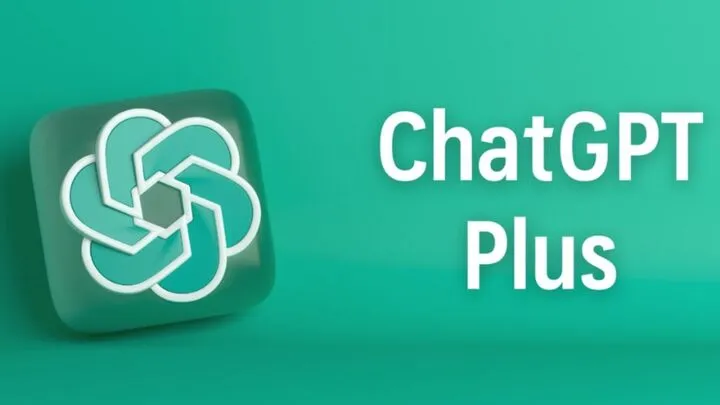
The Arrival of AI Assistants
The early 2020s saw AI emerge from labs into daily life, and no tool exemplified that shift more than ChatGPT. Launched publicly in 2022, it became a household name by offering natural conversations with a machine. Students used it to study, workers used it to draft reports, and creators used it to brainstorm ideas.
By 2025, ChatGPT is not just a chatbot—it’s a full digital assistant embedded in smartphones, browsers, and productivity suites. It powers customer service, tutors students, and even helps governments analyze public data.
Why ChatGPT Matters in 2025
- Workplace Transformation – Millions of professionals rely on ChatGPT for summarizing reports, drafting proposals, or coding prototypes. It has reduced workloads and reshaped office routines.
- Creative Companion – Writers, artists, and musicians use ChatGPT as a partner for ideation. The AI is not replacing creativity, but amplifying it by sparking new directions.
- Accessibility – For non-native speakers, people with disabilities, or those with limited access to formal education, ChatGPT serves as a tutor, translator, and guide.
Balancing Potential with Caution
Of course, the rise of AI has sparked debates. Issues of misinformation, bias, and overreliance on machines remain hot topics. Regulators in Europe, Asia, and North America continue to shape policies to ensure transparency and ethical use.
Still, the appeal of ChatGPT is undeniable. Its presence in 2025 illustrates how AI has moved from novelty to necessity, becoming as integral as email or search engines.
Part III: Duolingo – Gamifying Education for the World
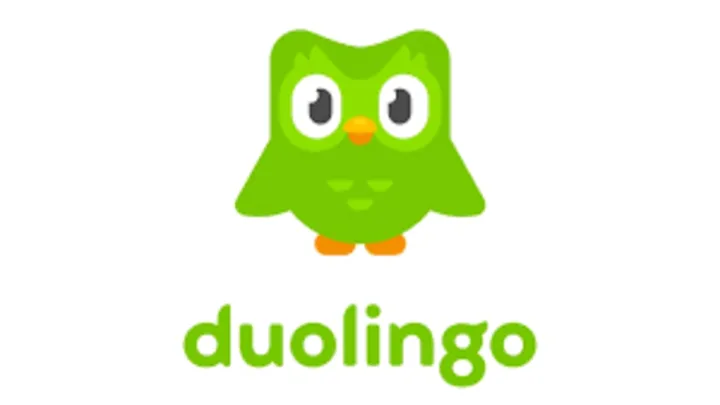
From Language App to Education Platform
Duolingo began as a quirky language-learning app with a persistent green owl mascot. Over the years, it expanded into math, literacy, and even music. By 2025, it has cemented its role as a global education platform, with 700 million downloads and over 65 million monthly active users.
Its greatest strength lies in gamification: streaks, levels, leaderboards, and the occasional passive-aggressive reminder from Duo the Owl. Learning, once tedious, became addictive.
Why Duolingo Matters in 2025
- Democratizing Education – With free access and low-cost premium subscriptions, Duolingo has made learning possible in regions where traditional schooling is limited.
- Blended Learning – Schools now integrate Duolingo as a supplement, while adults use it for career advancement and travel.
- Cultural Exchange – The app has introduced people to not just new languages, but new ways of seeing the world, fostering cross-cultural understanding.
The Expanding Universe of Duolingo
In 2025, Duolingo offers 45+ languages, from Spanish to Swahili, as well as math, logic, and music lessons. Its AI tutors adapt to users’ learning styles, providing personalized feedback. Global partnerships with NGOs and universities amplify its impact, ensuring learning reaches refugee camps, remote villages, and urban classrooms alike.
Comparing the Three Giants
While TikTok, ChatGPT, and Duolingo serve different needs, their success stories reveal common threads:
- Accessibility: Each app democratizes something—content creation, knowledge, or education.
- Personalization: Whether through AI algorithms or adaptive learning, users feel the experience is made for them.
- Community: TikTok builds cultural communities, ChatGPT powers knowledge communities, and Duolingo fosters global learner communities.
- Cultural Impact: All three have extended beyond apps into broader society, influencing music, work, and education.
Together, they showcase the versatility of digital tools in 2025.
Criticisms and Challenges
No app is perfect. TikTok continues to face scrutiny over data privacy and content moderation. ChatGPT must balance usefulness with ethical safeguards. Duolingo, while beloved, is often criticized for focusing on gamification at the expense of conversational fluency.
Yet each has demonstrated adaptability. TikTok refines safety policies, ChatGPT evolves with better transparency, and Duolingo collaborates with teachers to supplement real-world practice.
The Future of Apps in Daily Life
The dominance of these three apps highlights a broader truth: our digital lives are hybrid. Entertainment, productivity, and education blend seamlessly. In the near future, we may see further convergence—AI assistants recommending TikTok tutorials, Duolingo integrating with virtual reality, or TikTok creators using ChatGPT to script content.
What unites them is their ability to become habits. These apps are not occasional tools—they are daily companions. The average user spends 90 minutes on TikTok, consults ChatGPT multiple times during work, and checks Duolingo daily to maintain streaks.
Conclusion
In 2025, TikTok, ChatGPT, and Duolingo define how we live, learn, and laugh. Each app represents a pillar of the modern digital experience: TikTok as the cultural pulse, ChatGPT as the productivity engine, and Duolingo as the gamified classroom.
They are not just apps, but reflections of human needs—creativity, knowledge, and growth. As technology continues to evolve, these platforms remind us that the best tools are those that make us more connected, more capable, and more curious.








